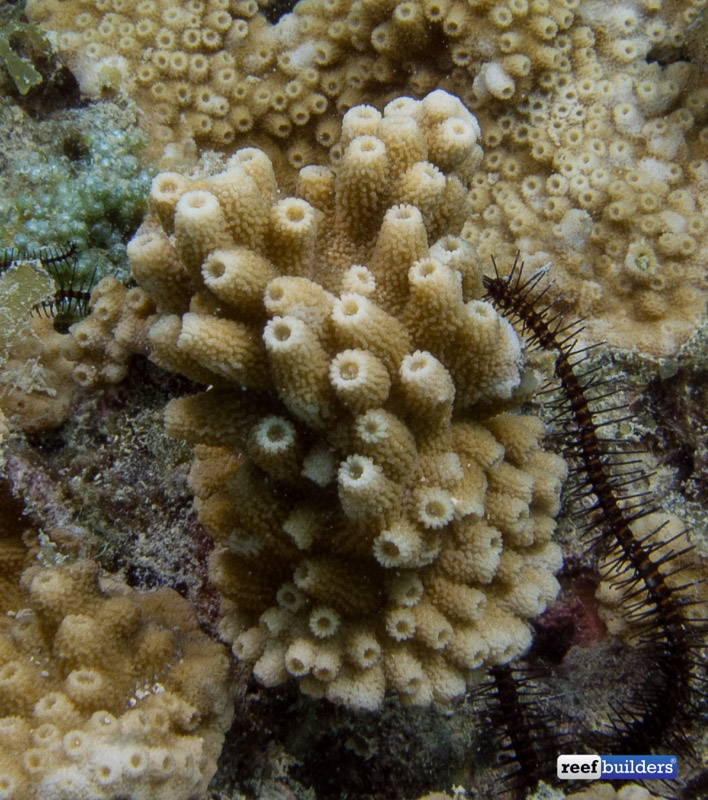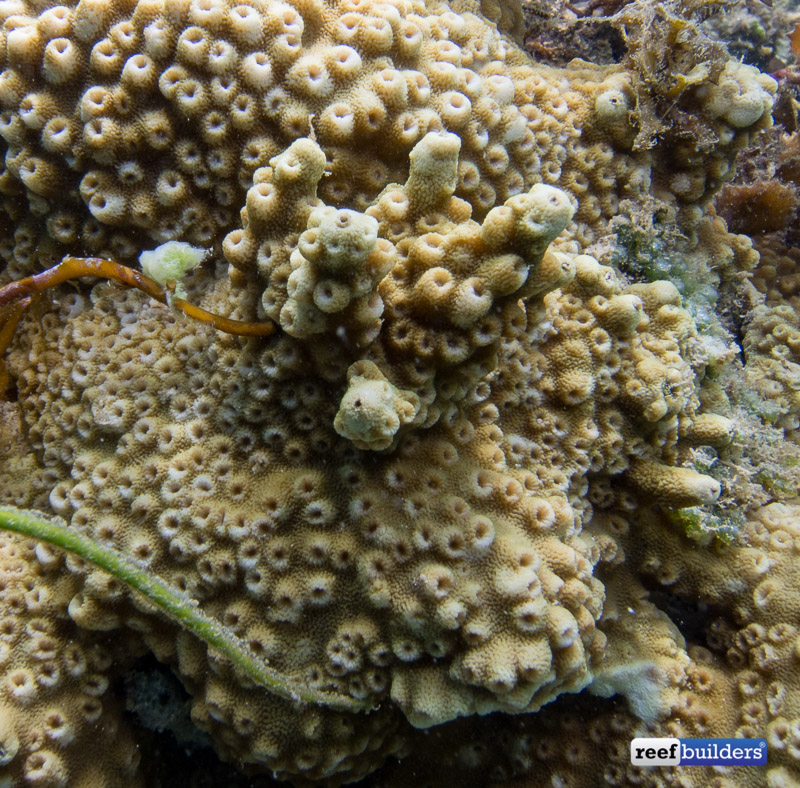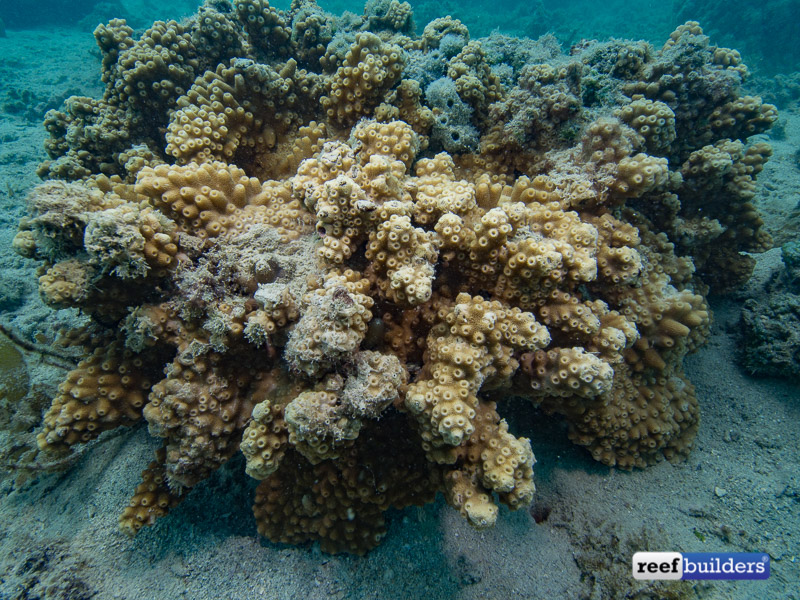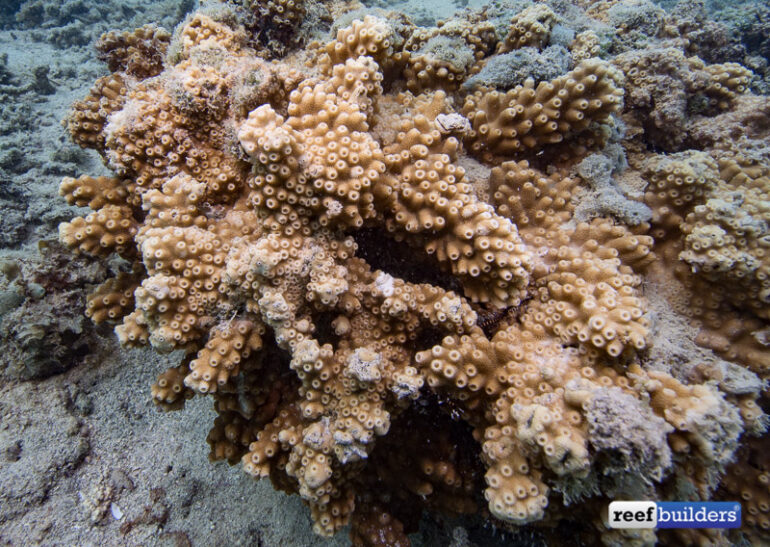Traveling to the fringes of the developed world in search of coral can have its ups and downs. I never really tell you about the sunburns, sketchy food, undrinkable water, extreme heat or mosquito bites, because I know what I signed up for.
But sometimes it’s really, totally, completely worth it when I manage to come across a coral that is radically different from anything I’ve ever seen before. This happened last week when I was diving around Fisherman’s Island – where the infamous Lightning Maroon Clownfish came from – and stumbled upon these wild looking colonies of branching Astreopora!

Most Astreopora species we encounter in the aquarium first of all are few, but they are usually rounded and sometimes plating, such as is the case with the Green Splash Astreopora randalli from the Solomon Islands. Several years ago, a couple of species from Cenderawasih Bay in West Papua Indonesia were described with a deliberately branching shape.
I was keenly aware of these new species from the other side of the Island of Irian Jaya I am currently writing and exploring from. However this coral looked nothing like As. acroporina or As. cenderawasih, both of which are branching. Having scoured the ends of the earth looking for wild and crazy corals, I never really know how to react the moment it starts dawning on me that I’m seeing something truly novel.

There’s always that initial feeling of ‘is this a new species’ but more often than not, I can usually pinpoint a species designation, as was the case with this very cool branching Astreopora. At the end of my ‘diagnosis’ I determined that these were far flung colonies of Astreopora moretonensis, known to develop such weird and wild branches, but poorly documented in this growth form.
The curiosity rollercoaster that I step onto when I dive for corals where most people won’t is always a very wild ride, and I usually come out the other end with an even greater appreciation for the plasticity and diversity of corals than ever before. This wild growth form of As. moretonensis really reminds me of the outlier that is Turbinaria heronensis, and when I finally see that species in the wild, I wouldn’t be surprised if it lived in a similar habitat as our new Astreopora finds pictured here – now if I could just find in a nice shade of blue or green, ya’ll might be crazy about it too!




